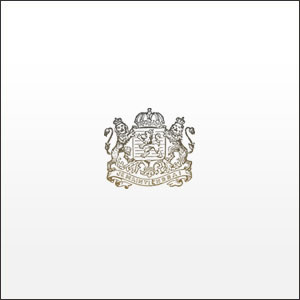![The Drones : I See Seaweed News Added Feb 22, 2013 There’s a song near the end of I See Seaweed called ‘Laika’ about the dog who was shot into space, with no hope of return, in a Soviet experiment in 1957. It follows Laika as she is born a stray on the street, “fired into a canyon of polite applause” […]](https://hasitleaked.com/wp-content/uploads/2013/02/Drones-I-See-Seaweed.jpg)
There’s a song near the end of I See Seaweed called ‘Laika’ about the dog who was shot into space, with no hope of return, in a Soviet experiment in 1957. It follows Laika as she is born a stray on the street, “fired into a canyon of polite applause” and then left drifting in orbit.
For years songwriter Gareth Liddiard has been famous for writing about the Australian experience, but ‘Laika’ – like so many of the songs on I See Seaweed – is more universal than that. His focus has broadened, from colonialism to the human condition:
One day they’ll build her statue, put it in the yard
To show all the children and the palace guard
And one day all you children will be white dwarves too
You’ll cave under yourselves and become cruel, cruel, cruel.
It’s not the first time Liddiard has sung about space. ‘Penumbra’, one of the best tracks on Havilah (2008), was inspired by Buzz Aldrin and the Moon landing. That album was a slow burn – it took a few close listens to reveal itself. I See Seaweed isn’t like that at all. It’s a return to The Drones in their most immediate (and noisy) glory.
The addition of Steve Hesketh on piano gives ‘How To See Through Fog’ a touch of noir swagger, while ‘Nine Eyes’ features one of the band’s most foreboding rhythms to date and ‘A Moat You Can Stand In’ is full-blast rock ‘n’ roll.
Of course, any Drones fan knows to hang out for the end. Gala Mill (2006) finished with ‘Sixteen Straws’. Havilah had the closest the band ever came to a pop song in ‘Your Acting’s Like The End Of the World’ and Liddiard’s Strange Tourist (2010) finished with the devastating ‘The Radicalisation Of D’.
But I See Seaweed’s final track might outdo them all. ‘Why Write A Letter That You’ll Never Send’ is a late-night piano ballad that moves from gentle contemplation to a bombastic rant about everything from war, religion and starvation to movie stars, Nazi popes and “the guy from U2”.
Liddiard says, “It’s actually quite a funny song.”
Enjoy.
Andrew Ramadge 2013









